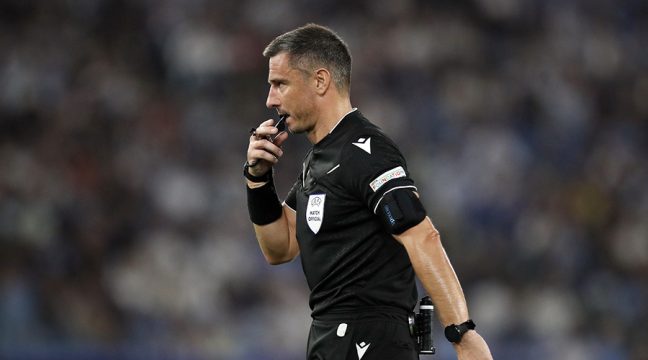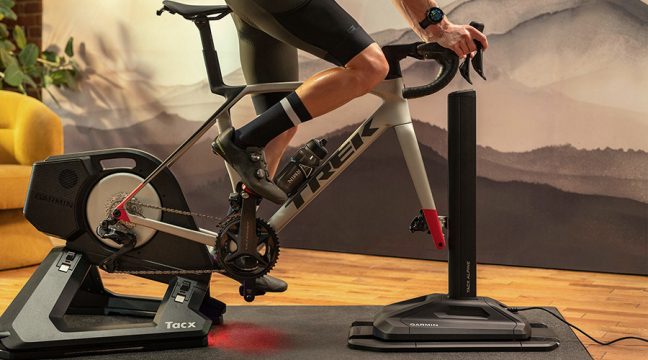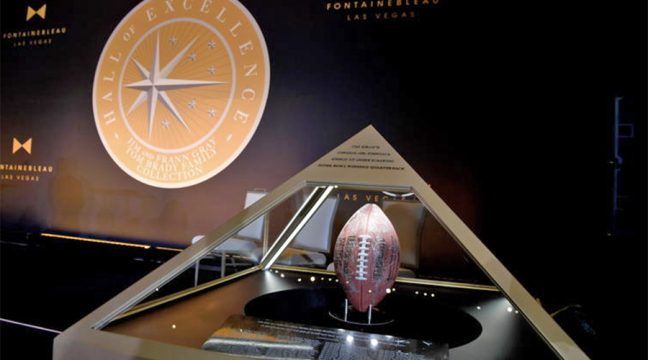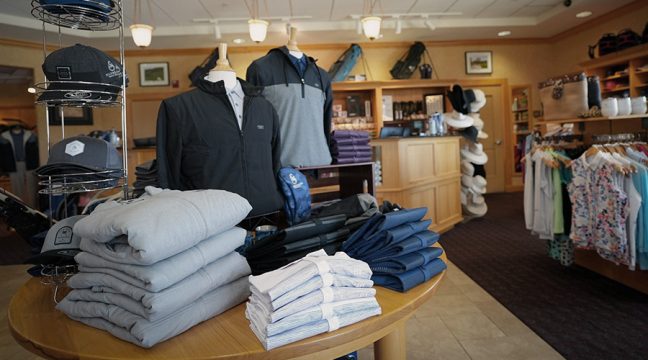Goggle brands look to cleaner, simpler designs that still up performance.
Wintersport goggle brands are beginning to pull back from some of the category’s recent big trends – such as oversized lenses and integrated electronics – as consumers lean toward simpler models that bring performance they don’t have to think about on the slopes.
And competition will be tight as warmer winter weather is already putting a squeeze on retailers’ open-to-buy dollars with larger inventories building up and pricepoints dropping.

Jimmy Chin rocks Revo Wordsmith Goggles. Photo courtesy Revo
Oversized spherical lenses, while still popular, are reaching their peak, said Jon Raymer, category manager for goggles at Smith Optics. “The question is: ‘How big is too big?’” he said. “This is really becoming more of a fashion trend, because at a certain point the larger size doesn’t increase your field of view anymore, and in some cases, makes it impossible to wear a helmet properly.” Consumers are complaining that oversized goggles are too big for their faces, and brands are re-introducing smaller models and new tech that better adapts to face shapes.
Consumers are complaining that oversized goggles are too big for their faces, and brands are re-introducing smaller models and new tech that better adapts to face shapes.
Electronics in goggles – everything from live-view GPS stats to integrated video cameras – were all the rage a few years ago, but that trend, too, is fading, brand officials said. Consumers are wary of spending big bucks on technology that quickly can become outdated.
Plus, more often than not, they’re getting the same tech from their smartphones. “You’re able to do more with your phone and a 99-cent app than you can with a $500 goggle,” Raymer said. “There’s a renewed focus on what goggles are for.”
With those obstructions out of the way, goggle brands are focusing on technology advances in light management. There’s still demand for the ability to quickly and easily change out lenses based on light conditions, but also growing demand for photo-chromatic or transition lenses that alter the tint based on how bright or dim it is out there. With both systems, brands are also focusing on the clarity and color filtration of lenses to deliver the most natural, clear vision.
Other trends to look out for on the winter trade show floors: a focus on better ventilation – especially as more skiers are huffing and puffing it uphill on AT skis -and the use of more magnet technology for quick and secure lens interchangeability.

Revo Echo
“There’s a huge emphasis on all the bells and whistles, but people just want something that works and they can wear all day,” said Cliff Robinson, co-president of Revo. The brand introduces its first goggle line with six styles, four front shapes and three lens types, each $229, including the Wordsmith and Echo. All lenses are photo-chromatic and notably only semi-polarized. The latter still cuts down on glare but doesn’t distort terrain or hinder the user’s ability to read an electronic screen, Robinson said. The three lens options, blue water, green water and solar orange, allow users some further dialing in beyond the photo-chromatic tech for bright-light days, low-light days and universal lighting, respectively.

Smith Optics Riot
Smith’s iconic, spherical-lens I/O Goggle – a pioneer in lens interchangeability eight years ago – gets a makeover for winter 2016/17 with a wider field-of-view and a new frame that better flexes to fit a variety of faces. “By reducing material and creating flexible lattice architecture, the re-designed I/O frame acts like a suspension system that micro adjusts to unique facial structures,” officials said. Each goggle, $180, includes a bright-light and low-light lens, and for $30 more comes with the brand’s ChromaPop technology that better filters light and color for more accurate vision. Smith also brings the Riot Goggle, $80 or $100 with ChromaPop, a women’s-specific, non-interchangeable cylindrical option that features much of the same tech above at a more affordable price.

Dragon Alliance X2S Goggles
Frameless designs, which allow for easier lens change outs, continue to pick up steam after some initial hesitancy on the style front. Dragon Alliance brings its new X2S Goggle, $220, which is a smaller model from previous versions and features the brand’s new Apex color-tuning technology to optimize clarity. It’s an interchangeable lens with a sunny and low-light lens options.

K2 Skis Scene Z
The new Scene and Scene Z goggles from K2 Skis feature smaller lenses designed to fit smaller faces. The narrower frame features a clean topline profile and removable outriggers that allow the goggles to integrate nicely with a helmet, or not. The Scene Z comes with “Lens by Zeiss” lenses and both models have K2’s EZ swap system employing a limited number of contact points between the frame and the spherical lens to maximize users’ field of view and make it easier to swap out the lenses.

Uvez Jakk TO
For rapid lens switches, Uvex debuts its Jakk TO (Take-Off) Goggle, $169, which have two different layers of lenses. Four miniature magnets fix an external dark, bright-light lens on top, which the user can quickly remove with just a tug to reveal a low-light lens below. Snap the dark lens back on when the sun returns -all without taking off gloves. Uvex also debuts the Big 40, a frameless, spherical design with transition (what the brand calls variomatic) technology, automatically switching tint within 25 seconds of entering new lighting conditions.

Native Treeline
Native boasts a new anti-fog coating on its lenses that it says will “delay condensation building up on the lens for eight minutes versus the industry standard of 30 seconds.” Find it on Native’s entire line, including the large-fit, wide-field-of-view, cylindrical-lens Treeline Goggle, $179.

Bliz Active Flow
The new Bliz Flow, $125, was developed in conjunction with the Swedish Alpine Team and sports a Thin-Strip frame for a wide view on a cylindrical lens.

Salomon XT One
The XT One Goggle, $160, from Salomon focuses on improving fit and widening the field of view with a soft frame that adjusts to face sizes. It also allows for lens changes.

Bolle Tsar
Also focusing on fit, Bolle debuts the Tsar Goggle, which utilizes its B-Flex technology, a memory-shape material for precise fitting and cutting out air gaps the company is calling “the first universal fit technology for goggles.”
— Author David Clucas is News Director at SGB Media and SportsOneSource.










